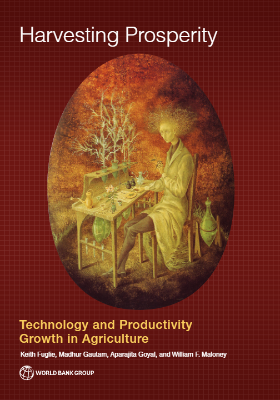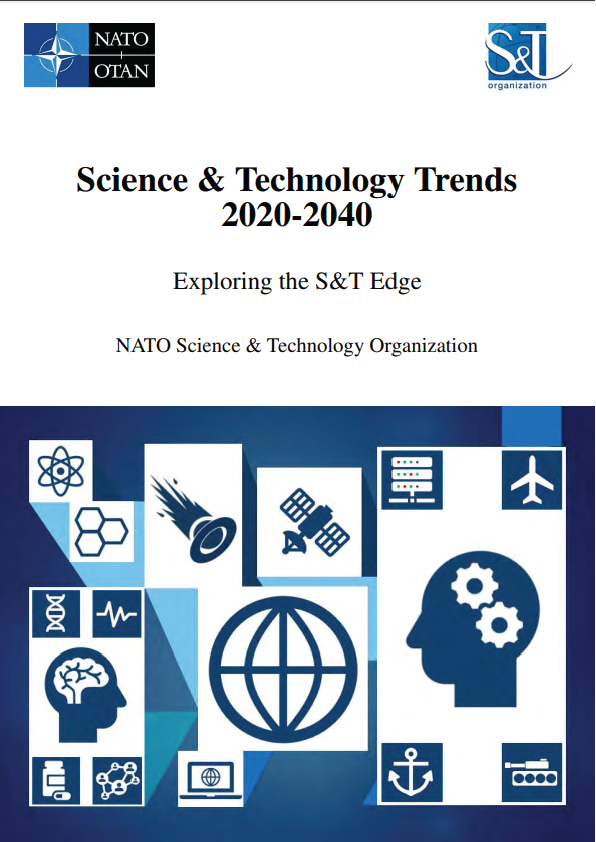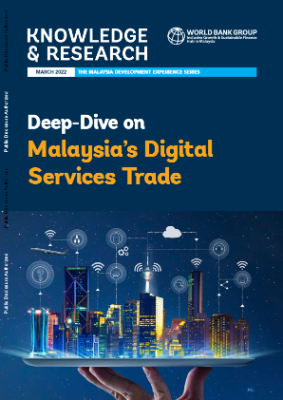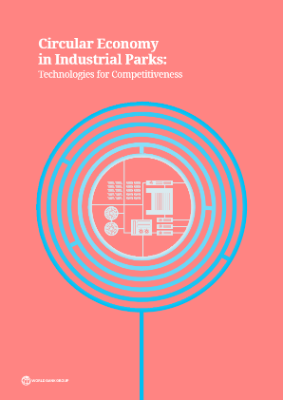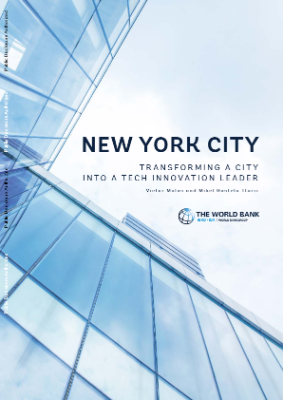Harvesting Agriculture’s Promise through Innovation
The history of early human advance is the history of harvesting prosperity from agricultural innovation. In India, the later Vedic texts ( c. 3000–2500 BCE) make frequent references to agricultural technology and practices. Jia Sixie, drawing on over one thousand years of Chinese study in his Qimin Yaoshu, or Essential Techniques for the Common People (535 CE), asserts throughout his work the centrality of agricultural advance for the well-being of the people and the state. He proposed essential techniques to “save labor and increase yields.” Giving practical advice for improving farm management, the Roman statesman Cato the Elder in De Agricultura (160 BCE) emphasized how a prosperous agricultural system contributes to general welfare and stability. “It is from the farming class that the bravest men and the sturdiest soldiers come, their calling is most highly respected, their livelihood most assured.”
Continuing to make improvements to agricultural productivity, especially in lowincome nations, is necessary to ensure sufficient food for an increasing global population and to traverse the last mile toward eliminating extreme poverty in developing nations:
- Two-thirds of the global extreme poor earn their livelihood in farming and productivity growth in agriculture has the largest impact of any sector on poverty reduction. Rising agricultural productivity in China and other countries of East Asia has contributed to impressive reductions in poverty, but has been too low to have similar impacts in Africa and in South Asia, precisely where the largest remaining pockets of extreme poverty are to be found. The modest expansion of urban manufacturing and service sectors is unlikely to provide alternative income sources over the medium term.
- Despite increases in world agricultural productivity over the past few decades, global undernourishment remains significant, affecting 821 million people as of 2017, and is on the rise, driven by conflict and worsening climatic evolution.
- Climate change will hit agriculture hard, particularly where large numbers of poor and vulnerable people live. Climate change models suggest warming of 1 to 2 degrees Celsius (C) from the preindustrial level by 2050. For every 1-degree C increase, average global cereal yields are expected to decline 3 percent to 10 percent, the United Nations Food and Agriculture Organization estimates. In addition, a deteriorating natural resource base reduces the resilience of the production system to climate variability and depresses future productivity
- Agricultural productivity is lower and is growing more slowly in poor countries, impeding their convergence to the advanced economies. Over four decades, crop yields in Sub-Saharan Africa have barely doubled, even as they tripled in South Asia and increased about six-fold in East Asia.
Hence, even after centuries of experimentation and progress, further advances in agricultural productivity remain critical to providing for basic human welfare, reducing extreme poverty, maintaining food security, and achieving social stability. Importantly, public and private investments in technology and innovations to sustain agricultural productivity growth are also central to strategies addressing emerging environmental challenges and achieving a sustainable food future in the face of climate change.
